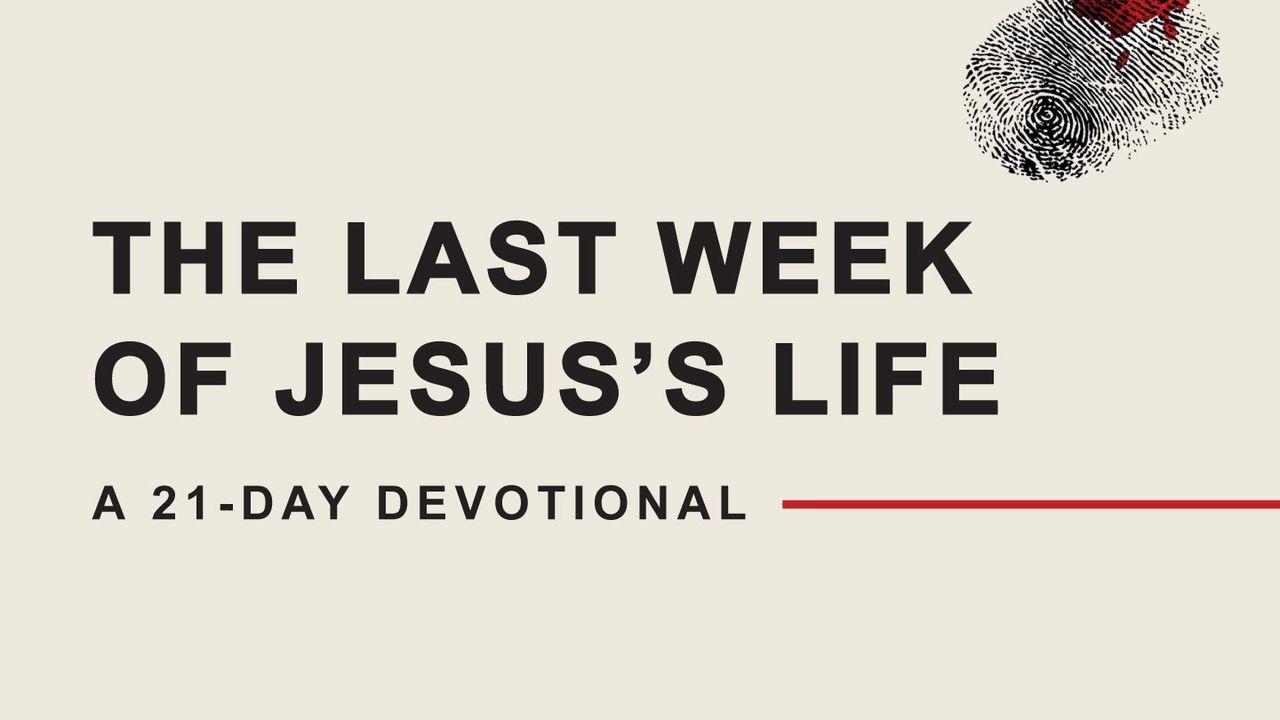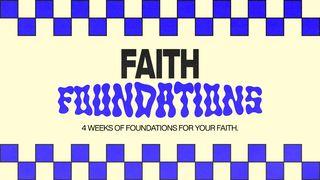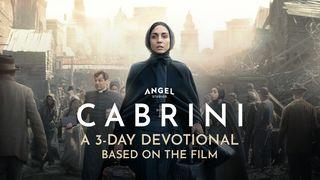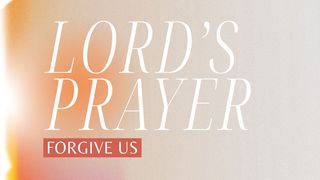Plan Info
The Last Week of Jesus's LifeSample

Monday, March 30, 33 AD
The next morning, Jesus reenters Jerusalem and stomps to the temple’s outer court, the court of the Gentiles. “The whole city was stirred up” (Matthew 21:10). “Who is this?” the crowds ask. Others answer, “This is Jesus, the prophet from Nazareth of Galilee.”
Jesus surveys the scene. The place is packed. The pilgrim-milking market is open. “In the temple he found those who were selling oxen and sheep and pigeons, and the money-changers sitting there” (John 2:14). To be clear, there is nothing illegal about this. There is nothing in the Torah that says this is a sin. In anything, this marketplace is completely necessary to fulfill the sacrifice mandates.
But Jesus sees this place for what it has become—a money-making, power-broking, Rome-colluding religionist sham. Not only must the Jewish nation pay heavy taxes to Rome and even heavier tithes to the House of Annas, but all adult male Jews in the entire nation must pay a temple tax (Exodus 30:12–16.) Even though it isn’t mentioned anywhere in the Law of Moses, the high priests insist the tax can only be legally paid with a Tyrian shekel, which most Jews don’t have. Accordingly, the money changers charge them criminally high exchange rates as they trade Roman coins for Annas’s monopoly money.
And that’s not including a commission for their rip-off banking services. Both are tantamount to interest and forbidden by God. The official reason the House of Annas gives for rejecting Roman coins is that they contain images of pagan gods. But the truth is far simpler than that: Roman coins are 80 percent silver, whereas the Tyrian shekel is the purest silver on the market, a whopping 94 percent. In fact, when the Tyrian mint at Tyre shuts down, its operations are quietly transferred to Jerusalem and placed under the control of the temple elite. Even still, the design on the coins doesn’t change because they’re now a trusted symbol of high-quality silver coinage. In doing so, the men in charge of the Jewish temple are willfully breaking Exodus 20:3–4, Deuteronomy 4:16–18, and Deuteronomy 5:8. Annas doesn’t care that the Tyrian coins proclaim Tyre is “the holy city” instead of Jerusalem, nor that the coins proclaim “power of the Romans,” nor that they are stamped with the graven image of an eagle and Melqarth-Herakle. That’s right: Jews must fund the temple of God with graven images of the son of Baal, king of the underworld.
Not only does Annas control the mint, exchange rate, and commission rate, but to add insult to injury, the House of Annas makes the temple tax an annual tax instead of a one-time life payment, expressly disobeying Exodus 30:15. His family is wealthy because they have a recurring revenue model with built-in exploitation mechanisms that force the entire nation to disobey God. Instead of adult Jewish males making a small contribution to maintain the temple, they are forced to pay more than a hundredfold straight to the pockets of Annas in exchange for literally nothing.
But this is not the end of Annas’s frightful fleecing of the faithful Passover flock.
Jewish pilgrims from faraway Galilee or Alexandria who cannot realistically, affordably, or safely transport their unblemished sacrifice animals all the way to Jerusalem must purchase Annas-approved animals from these same booths at wildly marked-up prices. Moreover, the temple cartel reserves the right to reject any sacrificial animal they feel is anything less than perfect, forcing pilgrims to buy last-minute replacements at ten, twelve, or twenty times their non-Jerusalem market price. Who can afford to run such a risk? (The extortionate prices rise so high that, according to Mishnah Kerithoth 1:7, Hillel’s great-grandson will later drop the price of doves by 96 percent.) Annas and his sons make a habit of regularly rejecting outside animals, no matter how pure and perfect they may be, leaving pilgrims with no other choice but to purchase replacements at the bilking bazaars of Annas.
This temple sacrifice con is a colossal money-making machine—annual revenue estimates range from the tens to hundreds of millions of dollars in today’s currency.
Remember, the needs of the high priest and his family are sufficiently met by lawful, God-honoring taxes, tithes, offerings, and sacrifices. All this extra dross is pure theft, storing up in barns instead of being rich toward God (Luke 12:18–21.) Remember also that this theft is a personal affront to God and his command to not turn a profit off of the poor (Leviticus 25:35–37.) Remember lastly that the Court of the Gentiles is supposed to be the place where people of all nations can come and pray to God.
Instead, it is a foul-smelling, pilgrim-exploiting, half-barn-half-bank fraud.
It’s time for someone to shut it down.
Scripture
About this Plan

In this 21-day plan, Jared Brock, award-winning biographer and author of A God Named Josh, illuminates Jesus’s last days on earth. With depth and insight, Brock weaves archaeology, philosophy, history, and theology to cr...
More
We would like to thank Baker Publishing for providing this plan. For more information, please visit: https://bakerbookhouse.com/products/466100









